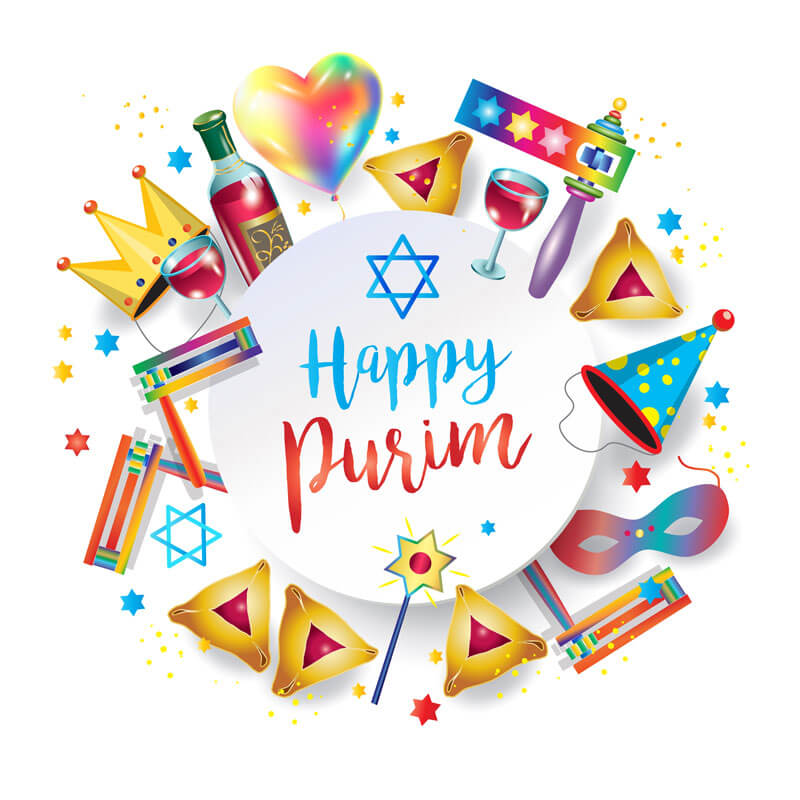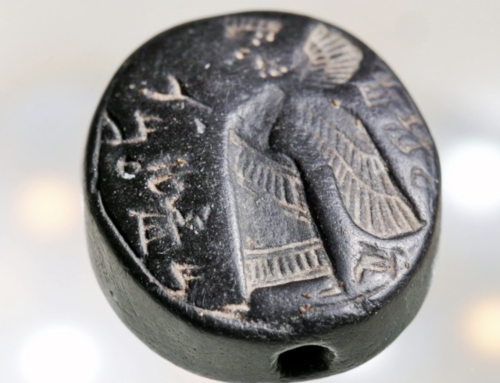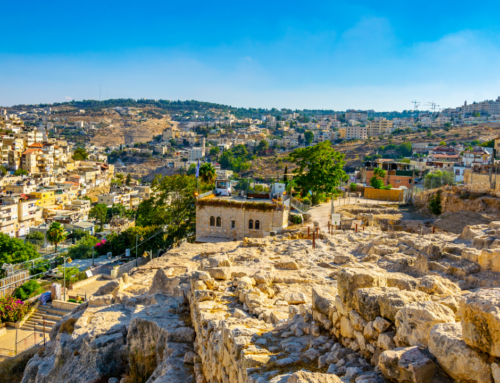While there are many holidays that include costumes around the world, if you see children in adorable costumes in late February or early March in Israel, it is likely Purim!
Purim takes place about a month before Passover every year on the 14th- 15th day of the Jewish month of Adar (likely March on the Gregorian calendar). The day celebrates the story of Esther and how er bravery helped save the Jewish people from Haman in the Persian Empire.
The Story of Mordecai
Esther, an orphan raised by her loving uncle Mordecai, concealed her identity as a Jew when she was chosen by the Persian King to be the new Queen. Haman, the King’s Grand Vizier and descendent of Agag, king of the Amalekites who were largely wiped out by David and Saul, despised the Jews. Mordecai planned to manipulate the King into killing Mordecai and wished to have all the Jews of the land wiped out and cast lots, or “pur” to decide what day to declare the execution of all Jews in the land. He chose the 13th day of Adar.
When Mordecai heard of this plot, he went to his adopted daughter and asked her to intercede on behalf of their people. Esther was frightened to because even the Queen was risking her life to go before the king uninvited. Mordecai told her though that perhaps she was put into the royal position for “such a time as this” (Esther 4:14).
Esther did choose to approach the King and risk her life to save her people and she succeeded. Haman was hung in the gallows he had built to kill Mordecai. On the 13th day of Adar, the day Haman intended to kill the Jews, the king allowed Esther and Mordecai to write a new decree that all Jews were allowed to kill anyone who posed a threat to them. They were also allowed to take whatever spoils they wished. Though 75,000 were killed, no spoils were taken.
The fighting continued another day in some areas, such as Susa. When it completed, Mordecai sent out another proclamation to hold a celebration on the 14-15th month of Adar because the Jews had rid themselves of their enemies. Esther established times and traditions for the celebration that included fasting.
Purim is still celebrated today, just as Mordecai and Esther instituted thousands of years ago. On the eve of Purim, fasting is to take place to commemorate the fasting Esther performed before she approached the King. When the actual day of Purim arrives, there is great feasting and celebration. People send gifts to each other of food just as they did in Esther 9:17. What is interesting is that people don’t give directly, but have it delivered by a third party so it will be “sent” just like in the story.
Wearing costumes is a common way of celebrating Esther’s concealing her identity and God’s actions hiding as natural events. Huge parades and festivals take place with people dressed as everything from biblical figures to modern day comic figures.
Revelry is of such magnitude that it is sometimes referred to as “Jewish Mardi Gras”. A food that you can make to join into the traditional celebration is hamantashen or “Haman’s Pockets” or “Haman’s Ears” cookies. They have a distinct triangular shape and often have fruit filling.







